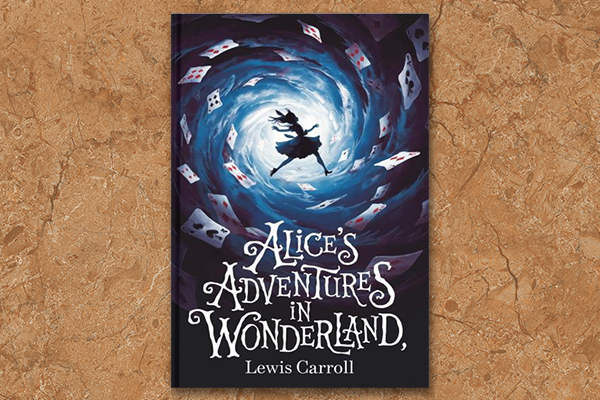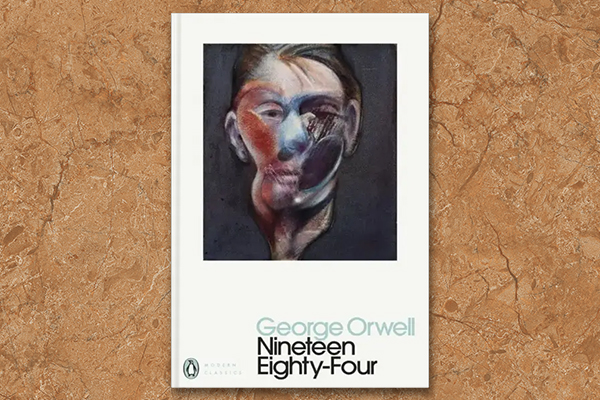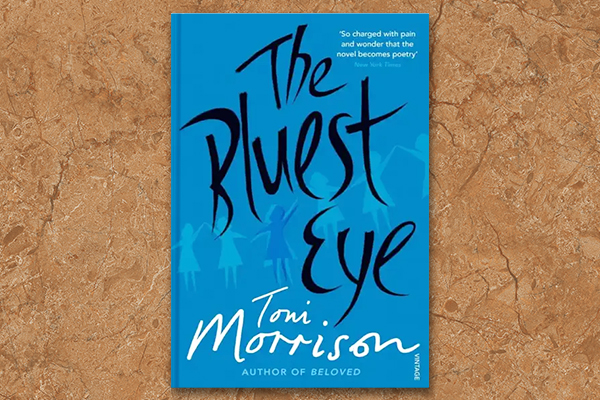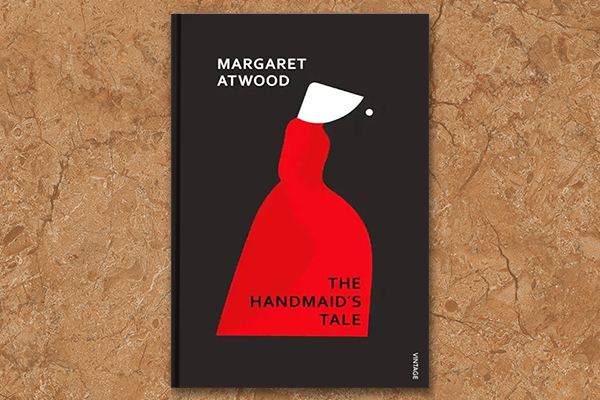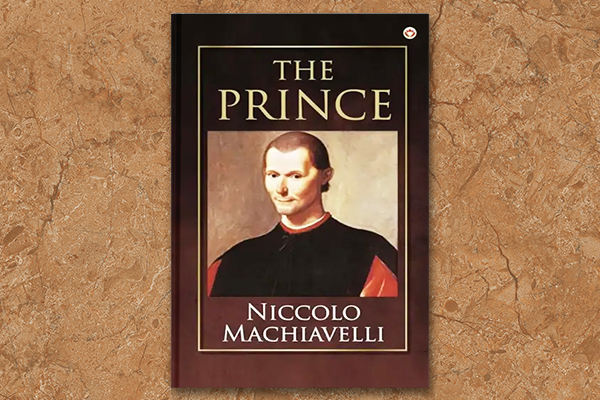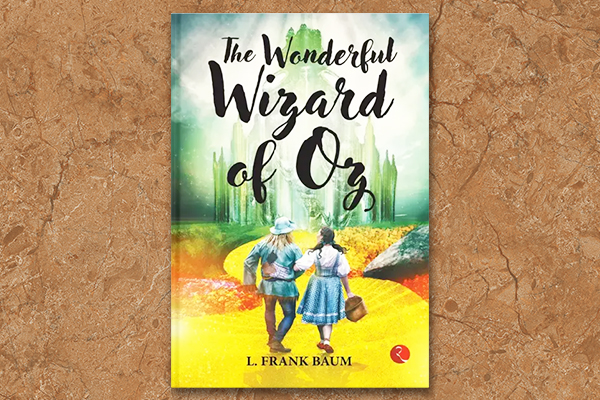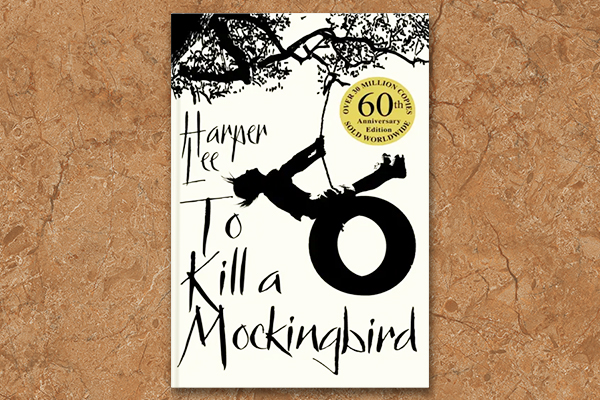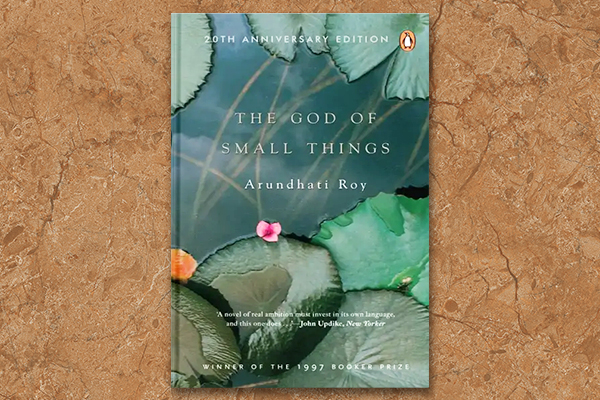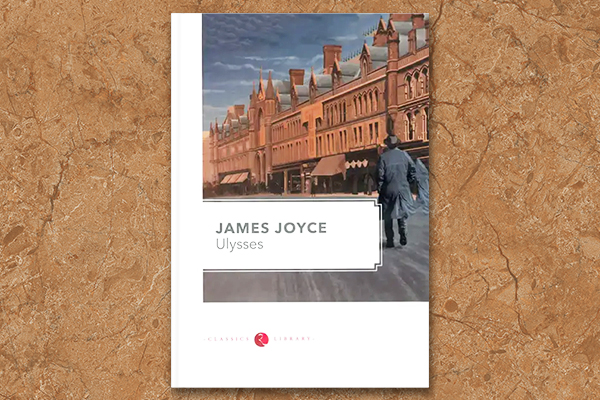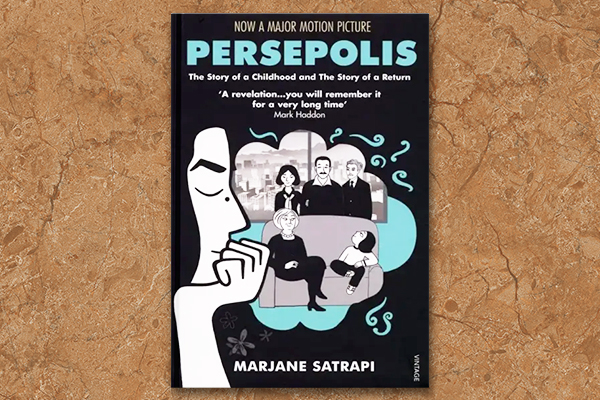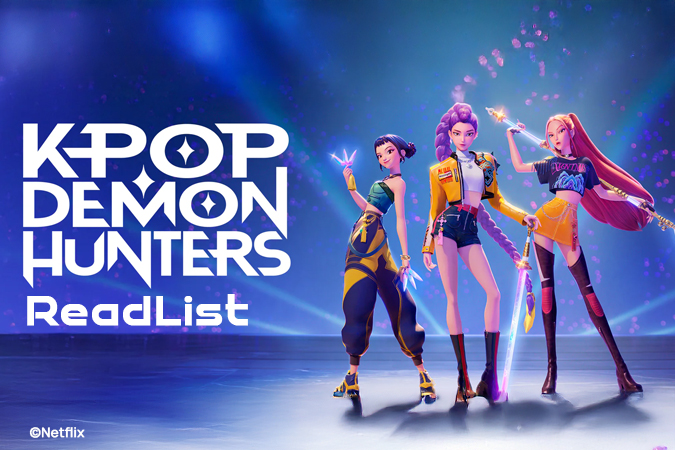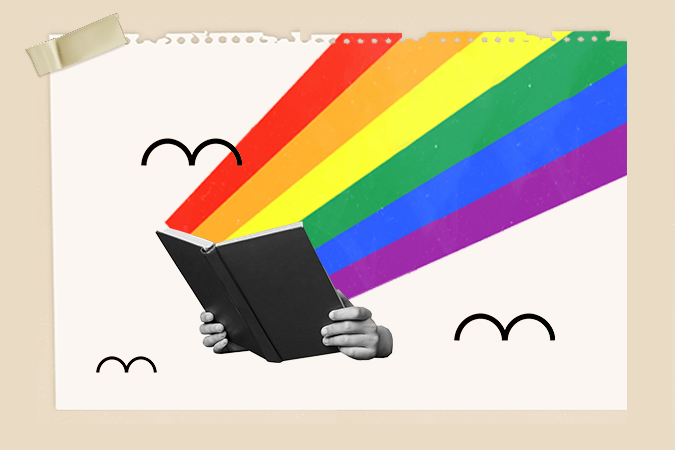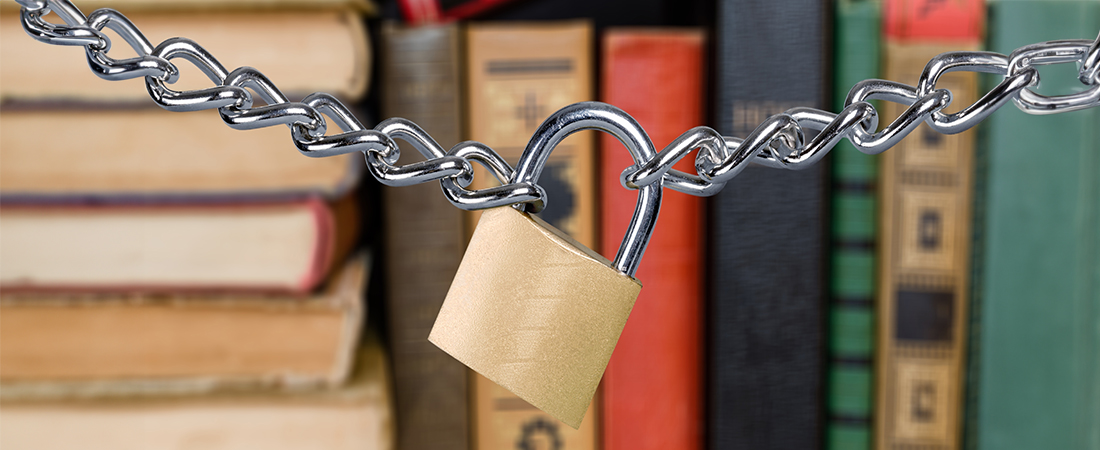
When “Banned Books” Became Bestsellers
Why does the label ‘banned books’ even exist? Because, fortunately, not all authors write to please. They write to provoke thought, to express truth, and to create art that mirrors life, even when it makes people uncomfortable. Some stories include situations, opinions, or events that are true to their world, not necessarily what society deems “appropriate.” These writers don’t chase political correctness; they chase honesty.
And that honesty often comes at a cost. Many books that are popularly read today were once criticised, challenged, or even banned, shaped as much by the politics and social sensitivities of their time as by the words within them. Yet, as years pass and perspectives evolve, readers begin to see what censors once couldn’t: powerful storytelling that transcends offence.
This article spotlights ten banned books that moved from controversy to celebration; titles that were once silenced but are now bestsellers, classroom staples, and cultural icons.
10 Indian Mythology Books Kids Will Love
Books are often banned for daring to question power, portray taboo themes, or reflect social realities some find uncomfortable. From politics and religion to race and sexuality, stories that mirror truth or provoke thought tend to attract controversy.
Context matters. A novel that shocked readers a century ago may now be celebrated for its honesty. Most authors weren’t trying to stir outrage; they were simply holding up a mirror to society. But that mirror, at the wrong moment in history, can feel like rebellion.
Take Salman Rushdie’s The Satanic Verses, a novel banned in several countries for its perceived blasphemy, yet one that continues to spark debate on freedom of expression. That’s the paradox of banned books: the attempt to silence them only makes people read them more.
10 Censored, Challenged, and Banned Books That Are Now Bestsellers
What is it about: A curious girl named Alice falls down a rabbit hole into a whimsical world where logic is turned upside down. Filled with eccentric characters and nonsense charm, it’s a playful tale about imagination and growing up.
Carroll’s whimsical tale of Alice’s journey down the rabbit hole was once banned in China for “portraying animals with human traits.” Officials feared it encouraged children to see humans and animals as equals. Today, it’s one of the most beloved children’s books of all time, celebrated for its imagination, wit, and timeless nonsense.
What is it about: In a grim future ruled by “Big Brother,” Winston Smith works for a government that rewrites history and watches everyone through constant surveillance. When he begins to question the system, he risks everything to find truth and love.
Orwell’s dystopian masterpiece about surveillance, propaganda, and totalitarianism was banned in several countries for its political commentary. Ironically, it’s now seen as prophetic – a chilling reflection of modern society. “Big Brother” has become part of our everyday language.
What is it about:
Set in 1940s America, Pecola Breedlove longs for blue eyes and the acceptance they represent. Her story unfolds through the lives of those around her in a small Black community marked by pain and dreams.
Morrison’s debut novel faced repeated bans for its raw exploration of race, trauma, and identity in America. But its unflinching honesty has made it essential reading. It continues to challenge readers to confront uncomfortable truths about beauty and belonging.
What is it about: In a future ruled by a religious regime, women are forced into strict roles and denied freedom. Offred, a Handmaid, secretly remembers her past life while navigating a world built on control.
Atwood’s dystopian novel was challenged for “offensive” language and sexual themes. Yet its haunting vision of a world where women lose autonomy feels more relevant than ever. The story’s resilience — and its hit TV adaptation — turned it into a feminist icon.
What is it about: Written as a guide for rulers, it describes how a leader can gain and keep power. Through examples from history, it outlines strategies of politics, ambition, and survival.
Once banned by the Catholic Church for being “immoral,” The Prince was considered a handbook for manipulation. Today, it’s studied worldwide as a cornerstone of political theory. Machiavelli’s name may still spark debate, but his ideas shaped modern governance.
What is it about: When a cyclone sweeps Dorothy from Kansas to the magical Land of Oz, she sets out to find the Wizard who can send her home. Along the way, she meets friends who each seek something they believe they lack.
Banned in some American schools for “depicting strong-willed women” and “encouraging witchcraft,” this children’s classic is now cherished for exactly those reasons. Dorothy’s journey through Oz continues to inspire courage, curiosity, and compassion.
What is it about: Scout Finch grows up in a small Southern town during the era of segregation, where her father, Atticus, defends a black man accused of a serious crime.
Lee’s Pulitzer-winning novel has been both banned and adored for its portrayal of racial injustice in the American South. Despite controversy over language and themes, it remains a defining work on empathy, morality, and human decency.
What is it about: Twins Estha and Rahel return to their childhood home in Kerala, where memories of a fateful summer resurface. The story unfolds through fragments of love, family, and secrets that changed their lives forever.
Roy’s Booker-winning debut faced backlash for its portrayal of caste, sexuality, and religion in Kerala. Banned in some Indian states, it’s now regarded as a lyrical masterpiece, one that redefined Indian English fiction with fearless storytelling.
What is it about: Taking place over one day in Dublin, it follows Leopold Bloom as he moves through ordinary streets and extraordinary thoughts. The novel traces his encounters, reflections, and the lives that intersect with his own.
Joyce’s modernist classic was banned in the US and UK for its explicit content and experimental style. But Ulysses changed literature forever, pushing the boundaries of language and form. What was once obscene is now considered genius.
What is it about: Taking place over one day in Dublin, it follows Leopold Bloom as he moves through ordinary streets and extraordinary thoughts. The novel traces his encounters, reflections, and the lives that intersect with his own.
Joyce’s modernist classic was banned in the US and UK for its explicit content and experimental style. But Ulysses changed literature forever, pushing the boundaries of language and form. What was once obscene is now considered genius.
Why We Keep Reading Banned Books
Because they ask the questions others avoid. Because they reflect truth, even when it’s uncomfortable. And because every ban reminds us that reading itself can be an act of rebellion.
From Ulysses to The God of Small Things, these stories remind us that no authority can truly silence a powerful voice or stop readers from finding it.
FAQ
What is the most popular banned book?
George Orwell’s Nineteen Eighty-Four is widely considered the most popular of all banned books. Despite being restricted in several countries and schools, it remains a global bestseller and one of the most widely read political novels of all time.
Which banned books on this list are the most controversial?
Ulysses by James Joyce, The Bluest Eye by Toni Morrison, and The God of Small Things by Arundhati Roy are among the most controversial banned books on this list. Each has faced repeated challenges due to explicit content, social themes, or unconventional narrative style.
Why were these books banned?
These banned books were restricted for reasons such as political criticism, depictions of sexuality, religious sensitivity, racial themes, or challenges to social norms. In most cases, the bans reflected the moral and political climate of the time rather than the literary intent of the work.
Do banned books share a common theme?
Yes, many banned books explore uncomfortable truths about power, identity, freedom, or society. They often question authority or depict reality without softening its impact, which makes them frequent targets of censorship.

